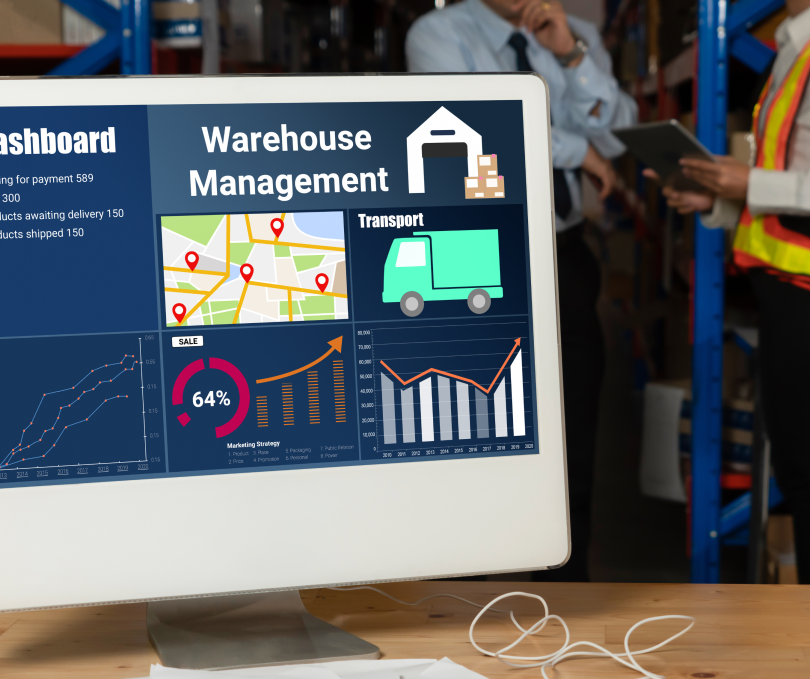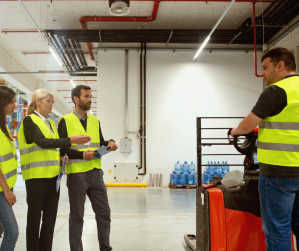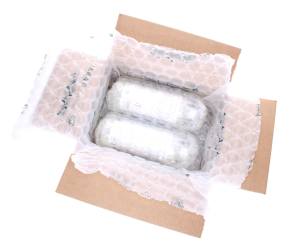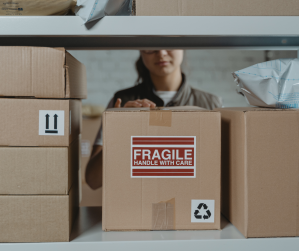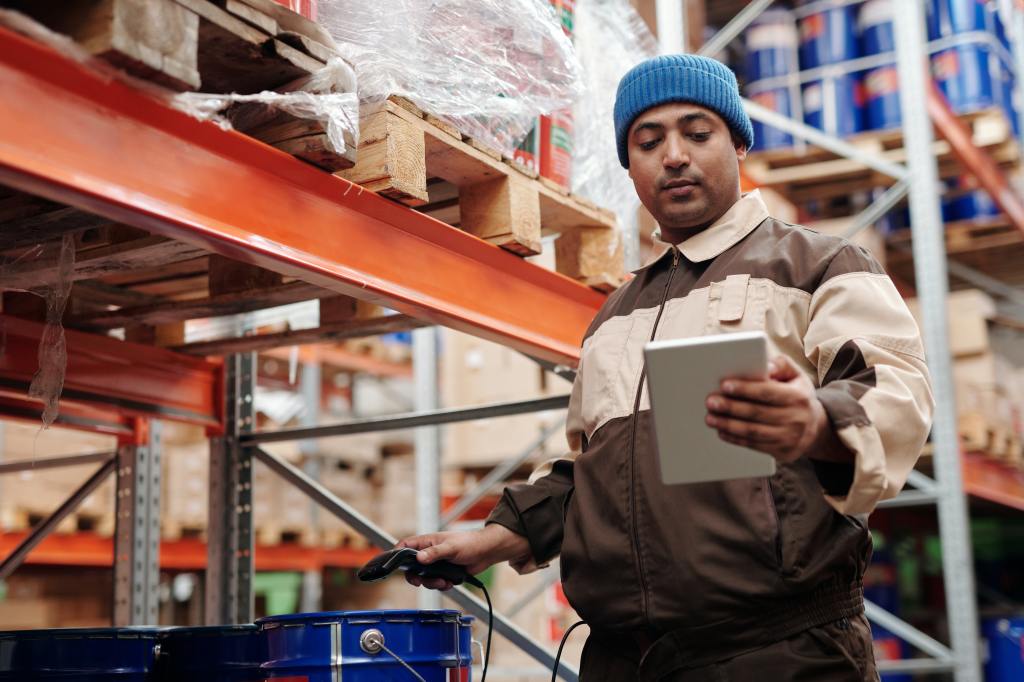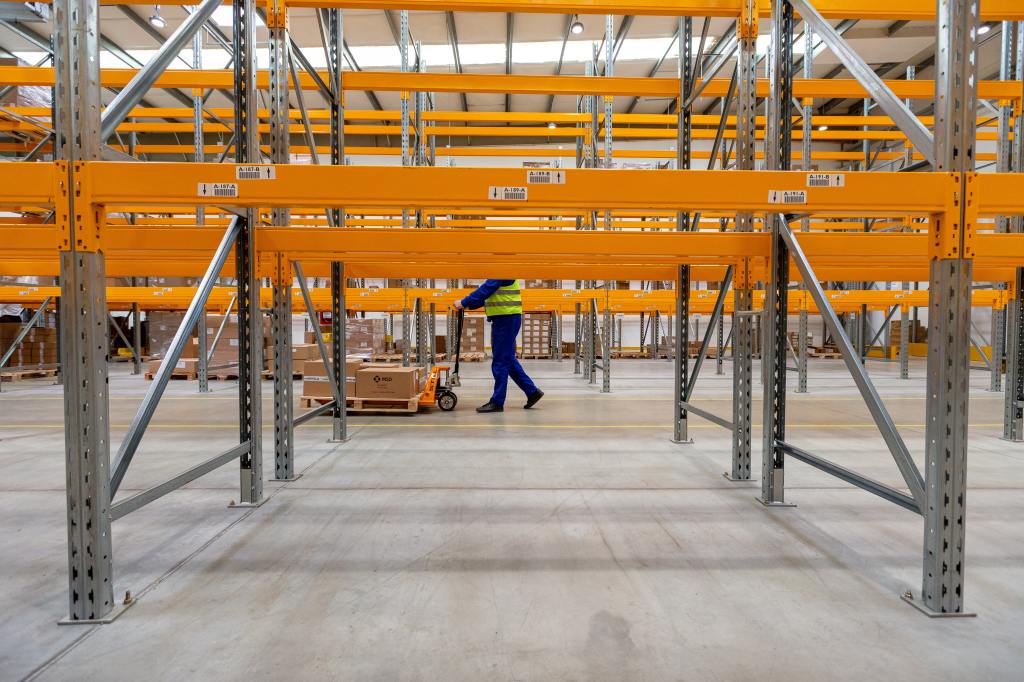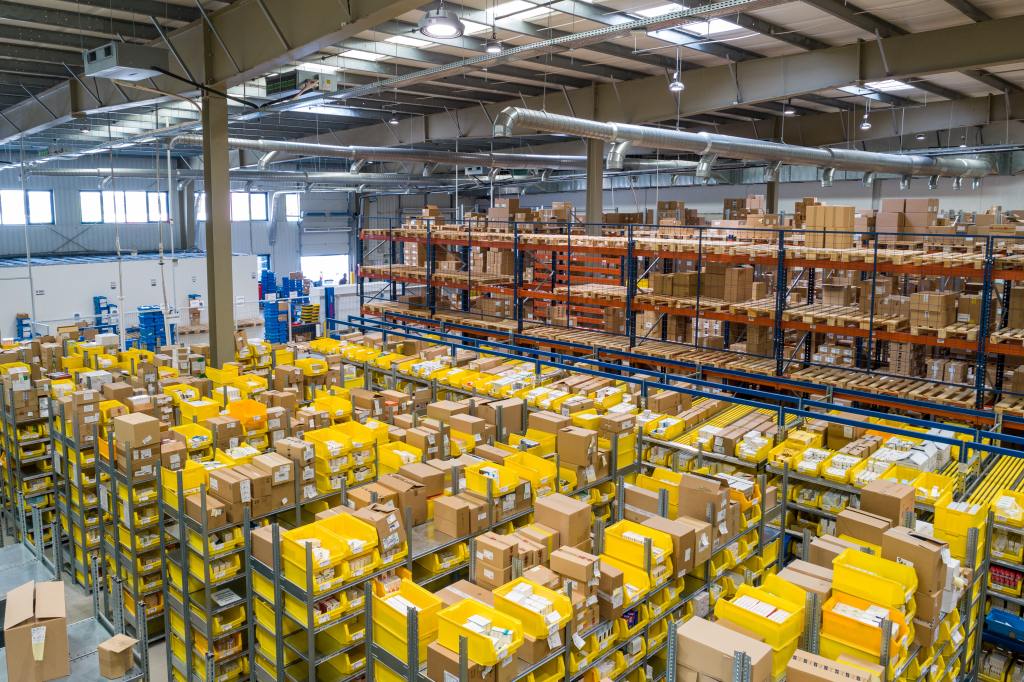In the bustling world of online commerce, it’s astonishing how many businesses overlook the significance of packaging. While some may prioritize product design, neglecting packaging can disappoint customers and threaten your brand reputation. Contrary to popular belief, packaging plays a crucial role in projecting your brand image and ensuring the safe delivery of products.
Understanding the pitfalls of poor packaging is essential for any online business. Before delving into these risks, let’s identify common factors contributing to inadequate packaging:
What Constitutes Poor Packaging?
- Over/Underfilling Packages: Inadequate cushioning can damage products during transit. Proper packaging ensures that items remain secure and protected from bumps or knocks.
- Low-Quality Materials: While cost-effective solutions are tempting, using subpar materials increases the risk of damaged or missing products, leaving customers unsatisfied.
- Lack of Branding: Branding on packages enhances brand awareness and reflects your commitment to quality and attention to detail.
- Sustainability Concerns: In today’s eco-conscious market, opting for reusable, recyclable, and biodegradable packaging is crucial to attract environmentally aware consumers.
Now, let’s explore the risks associated with poor packaging for online businesses:
- Damaged Products: Using inferior packaging materials increases the likelihood of products arriving damaged, leading to financial loss and a tarnished reputation.
- Exposure to Weather Elements: Inadequate packaging leaves products vulnerable to weather damage, diminishing their quality and customer satisfaction.
- Failure to Meet Customer Expectations: Customers expect products to arrive intact and well-packaged. Failing to meet these expectations can result in negative reviews and loss of trust.
- Loss of Sales: Poor packaging contributes to dissatisfied customers, reducing sales and missed opportunities for repeat business.
- Damage to Brand Reputation: In a competitive market, poor packaging reflects poorly on your brand’s commitment to quality and customer satisfaction, damaging its reputation.
AirSaver offers cost-effective air pillows and film, combatting the associated risks by protecting merchandise of any size and shape. The rolls of perforated air pillows allow for simple measurement when packing items, ensuring the use of less material while meeting or exceeding the average cost per package. Our exclusive private label program provides inside-the-box branding, exuding product confidence and building loyalty.
Investing in high-quality packaging materials and prioritizing effective packaging practices is essential for the success and longevity of your online business. You can build a strong brand reputation and drive sales in a competitive marketplace by meeting customer expectations and safeguarding your products. Learn more about the outstanding product offering AirSaver has to streamline your online business.



